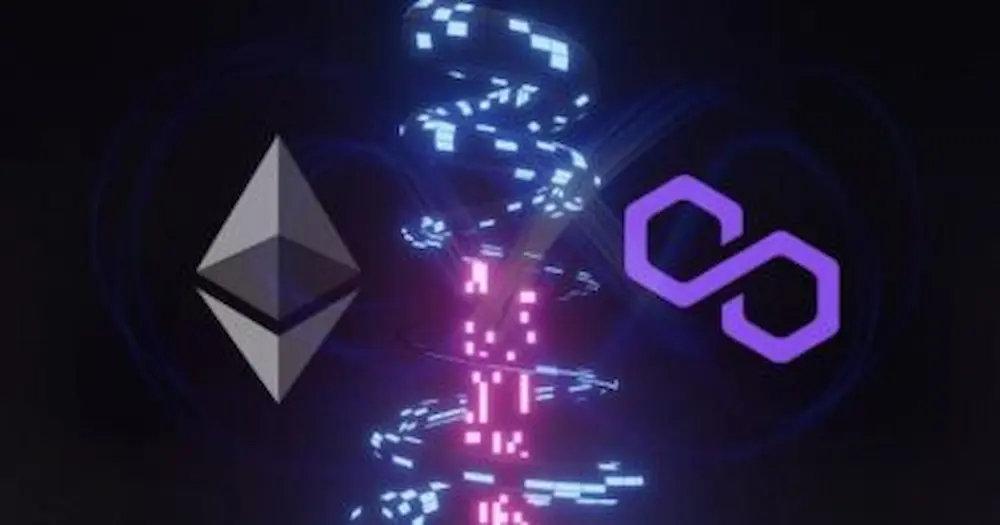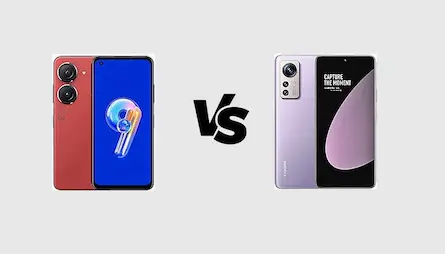Which Blockchain Should You Use for NFT- Polygon vs Ethereum?
- 26 Jul, 2022

At the moment, cryptocurrency is a trendy topic. Here are three benefits and drawbacks of Ethereum vs Polygon, and understand them before choosing. For Trading of NFT, you might have a question in mind- which blockchain should you use- Polygon vs ethereum
NFT on Ethereum Blockchain
Pros:
Global Transactions: Ethereum enables worldwide transactions without the use of a middleman. As a result, it offers a low-cost and effective method of sending money worldwide. It can conduct worldwide transactions quickly and securely. It is due to its popularity, many people are using ethereum for NFT.
Fast: Ethereum is a blockchain that can execute transactions in seconds, when before transactions may take days to process. While the mainstream media has recently focused on initial coin offerings, this technology has more practical applications. It is fast for NFT transactions.
Strong Community: Anybody may go through the code, find flaws, and suggest ways to improve its usefulness. Ethereum becomes more powerful, efficient, and secure due to this. The decentralized and customizable nature of Ethereum makes it ideal for long-term expansion and growth. Large adaption of ethereum chain allows more NFT sales volume.
Cons:
Number of Transactions: If multiple users attempt to transact simultaneously, your transaction may take many hours or even days to complete. The faster the blockchain network, the better for individual and company transactions.
Transactions Cost Money: You will have to pay the network to get your transaction mined. Ensure your Ethereum is worth more than the money you’re planning to spend mining it. This is the gas that you must pay to transmit Ethereum. The gas fee is high for minting of a NFT. thus , impact the overall gross profit on the NFT trading.
Forking Issues: There are no regulations in place. This means that forking can happen if Ethereum holders disagree with how it’s being utilized, causing a lot of network instability. It also implies that Ethereum lacks a regulating authority, making it an untrustworthy destination for investors to put their money.
NFT on Polygon Blockchain
Pros:
Decentralized: Polygon is decentralised, yet it still offers a wide range of speeds. This is why a growing number of Ethereum-based apps and others are turning to Polygon as a superior solution. The gas fee is very low in comparison to ethereum, thus making it easy for users to mint NFT on Polygon chain.
Ethereum’s Network Effect: Many people work in Ethereum’s ecosystem worldwide. Hence, the community is enormous. Polygon makes it rapid and straightforward to migrate existing Ethereum-based dApps to Polygon.
Developer Friendly: Polygon was created by developers for developers. Polygon’s developers have extensive experience in software development. They are entirely dedicated to the Ethereum ecosystem.
Cons:
Ethereum Dependent: Ethereum is at the heart of Polygon’s ecosystem; hence it is entirely reliant on it. It makes sense because Ethereum aims to become one of Web 3.0’s essential layers, and it will eventually dominate the crypto and Blockchain market. The reliance, on the other hand, cannot be overlooked.
Competition: Other scaling techniques are progressively gaining traction. To give a better overall user experience, they adopt Ethereum or other blockchains. Better solutions may emerge over time, and developers may migrate to them.
Ethereum 2.0: This solution, which will transition Ethereum from a Proof of Work to a Proof of Stake consensus, is projected to be completed by early 2022. It will help to grow the network and eliminate the high gas prices. Polygon’s popularity and use may suffer for NFT trading.
Hopefully, these pros and cons will help you decide which blockchain you should use for NFT trading. I hope you got to know which blockchain is best for NFT trading polygon or ethereum.


